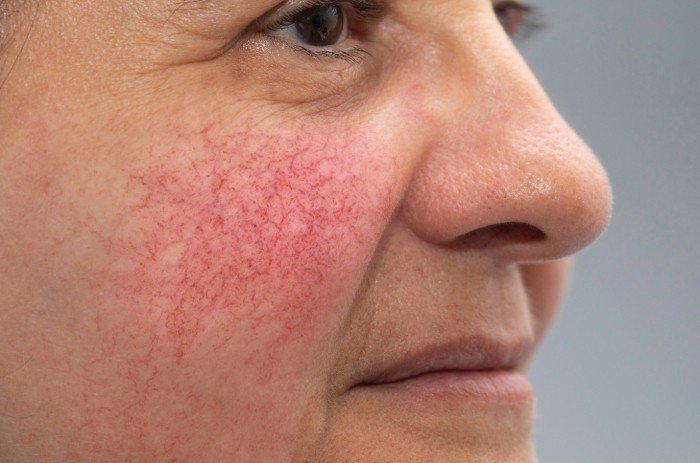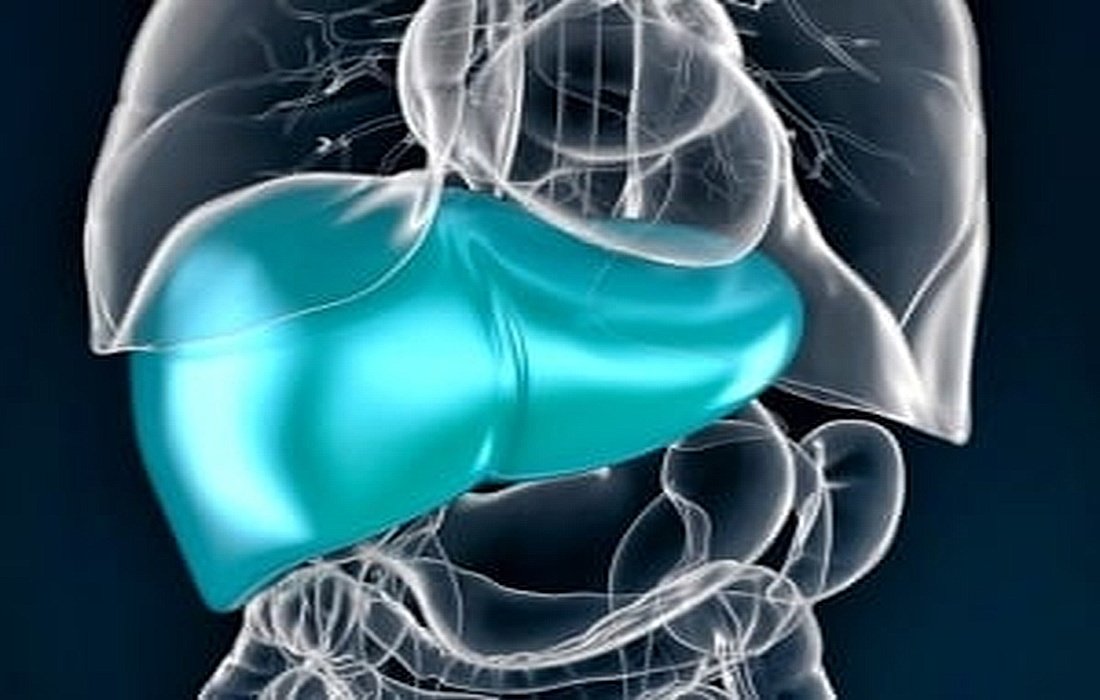Skin changes that are a sign ofliver diseaseare
While some of the most common symptoms offatty liverinclude fatigue, abdominal issues, red palms, and jaundice. A significant sign of this disease is a skin change that is often overlooked.
A high-fat diet, medication use, obesity, high cholesterol, and diabetes, which are increasingly common today, are factors that raise the risk of fatty liver. Fatty liver has two types: alcoholic and non-alcoholic. The first is due to high alcohol intake, while the second is linked to obesity,diabetesand gastric bypass surgery (stomach reduction). However, sometimes symptoms may also appear on the skin, which will be discussed in this health section ofSelMagzthat we will mention.
Does your skin show signs of fatty liver disease?
With the rise of obesity and metabolic disorders, fatty liver disease is more common than before. If you rarely get medical check-ups, it’s important to notice signs like changes in your skin, which could indicate internal damage, such as spider veins.
These symptoms often do not show in the early stages, but they can develop into more severe conditions like fibrosis,liver canceror cirrhosis, the presence of spider veins begins.
What are spider veins?
Spider veins, or spider angiomata, are characterized by fat molecule deposits in the liver, slowing down blood circulation. This can result in blood clots due to elevatedblood pressureand the emergence of varicose bumps on the skin’s surface.
Spider veins are small, damaged, swollen blood vessels that appear on the skin, especially in the later stages of fatty liver or cirrhosis. While they can show up anywhere, they are more frequently found on the face, back, or shoulders. Spider veins are common in overweight people, especially in those who look thin but have abdominal fat.

Other skin symptoms of liver disease
Other skin symptoms of liver disease include:
jaundice, or yellowing of the skin
Jaundice occurs when the liver does not excrete enough bilirubin. It first affects the eyes and soft palate, followed by the skin.
Itching
Sometimes liver diseases lead toskin itchingItching in liver diseases is due to bile duct blockages, which stop the elimination of substances and bile. This builds up and can enter the bloodstream, causing continuous jaundice and itching.

Vascular changes (spider angiomas)
Other symptoms of liver diseases include localized swelling of blood vessels near the central capillary, redness of the palms and face, and skin bruising.
Skin spots
Brown spotsof colorPregnancyand freckles are not related to liver diseases; however, symptoms like small red spots or peeling skin are signs of liver problems, but they are less common and their appearance alone does not confirm liver disease.Whitening of the nails can signal liver issues due to low
albuminSurface bleeding can also indicate liver dysfunction since the liver produces clotting factors and some anticoagulants.What is the solution?

In earlier articles on SelMagz, we covered how to prevent fatty liver disease in detail, and you can find more information by checking out topics like
What can be done to prevent fatty liver disease?However, regarding whether there are solutions beyond medication for fatty liver disease, it seems that changes in lifestyle, adhering to a healthy diet, andlosing weightshould be the priority. Previous studies indicated that losing 10% of body weight can help reduce liver fat, alleviate inflammation, and improve scarring. Aerobic and strength training are deemed best for treating NAFLD (non-alcoholic fatty liver disease).Spider veins







